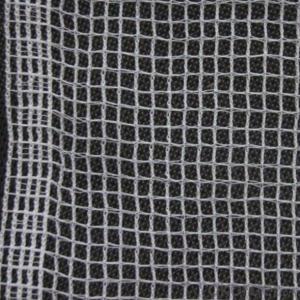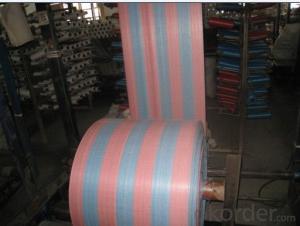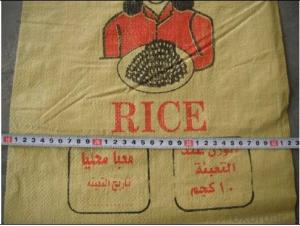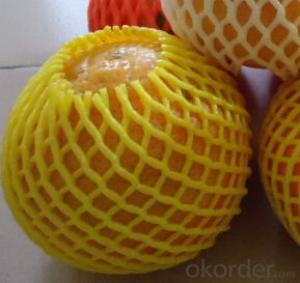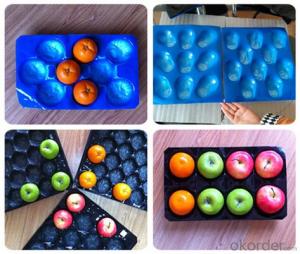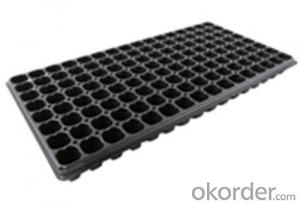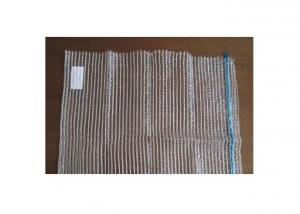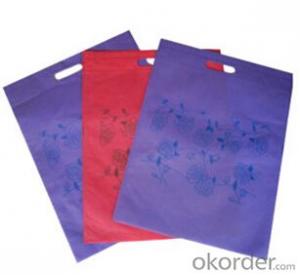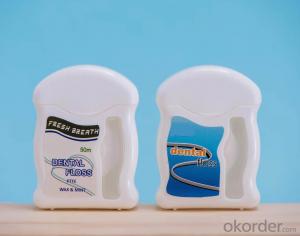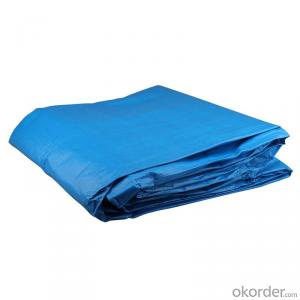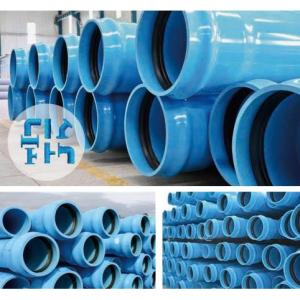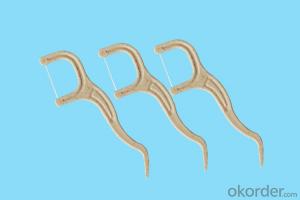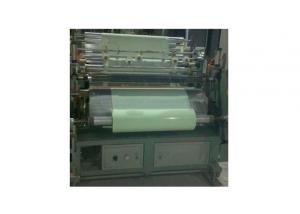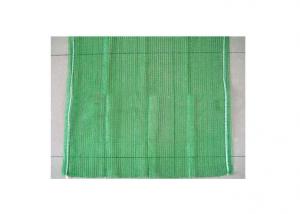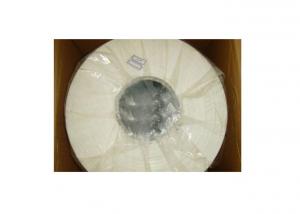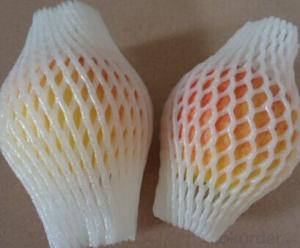Indoor Watering Cans with various Colors
- Loading Port:
- Ningbo
- Payment Terms:
- TT OR LC
- Min Order Qty:
- 1000 pc
- Supply Capability:
- 500000 pc/month
OKorder Service Pledge
OKorder Financial Service
You Might Also Like
Description:
1) Colorful plastic watering can with rose
2) Material:PE
3) Available capacity:3L, 5L, 8L, 10L, 12L, 14L
4) Colorful
Specification:
Material:PP
Size:14.2x14.2x11.2 cm (Body)
Color:Customized
Packing:60pcs per master carton
Ctn Meas.:61X49X59.5 cm
CBM:0.178
Customized:ODM and OEM both available.
MOQ:3000PCS/ color
Usage:
1. For watering flowers
2. For watering vegetables
3. For watering small green plants
Commerical Value:Promotion, Gifts or advertising.
Warm Prompt:1.) Can not use in microwave or oven.
2.) Never direct contact or near Fire.
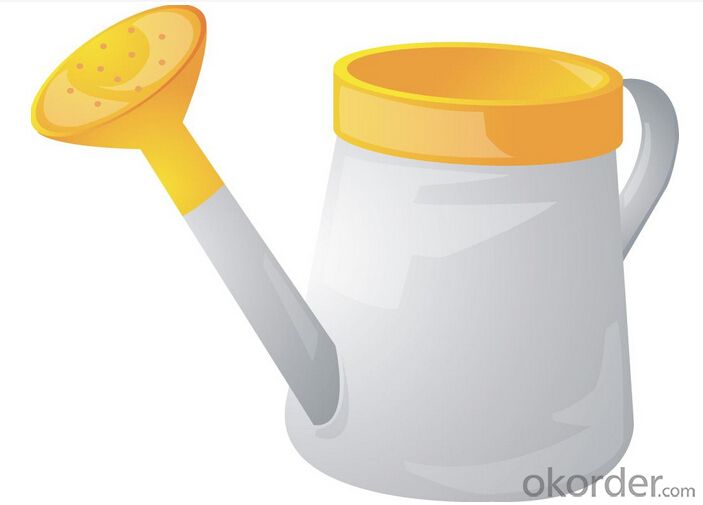
Service:
1. Can customize design and provide good quality products with competive price
2. We have professional R&D staff, as well as workers with more than 10 years experience.
3. Delivery on time
FAQ:
What's your advantages?
1. Can supply with both Mold & Molded parts
2. Provide Milled Prototype Making, Mold Design, Mold Making, Mold Testing, Molding, Products assembly...services
3. With more than 25 years experience
4. Low volumes / Small orders are welcome! Please contact us to discuss case by case.
5. Accept only OEM / ODM / Customer Projects. We do not have any existing molds for sell.
6. Mold building lead time: Around 40-50 days, with 1st Mold trialing report and Mold trailing samples
- Q:Are nursery trays suitable for growing alpine plants?
- Yes, nursery trays can be suitable for growing alpine plants. These trays provide a controlled environment for the plants, allowing for better drainage and aeration. Additionally, they can be easily moved or placed in a suitable location to mimic the rocky and well-drained conditions that alpine plants thrive in. However, it is important to ensure that the trays are deep enough to accommodate the roots of the plants and that they are filled with appropriate alpine soil mix.
- Q:What are the best ground cover plants for attracting beneficial insects?
- Some of the best ground cover plants for attracting beneficial insects include creeping thyme, sweet alyssum, yarrow, and clover. These plants not only provide a low-growing and attractive ground cover, but they also offer nectar and pollen sources that attract beneficial insects such as bees, butterflies, and ladybugs. Additionally, these plants often have a long flowering season, ensuring a continuous food source for these beneficial insects throughout the year.
- Q:How do plastic plant pots contribute to efficient nursery management?
- Plastic plant pots contribute to efficient nursery management by providing several benefits. Firstly, plastic pots are lightweight and easy to handle, allowing for easier transportation and movement within the nursery. Secondly, plastic pots are durable and long-lasting, reducing the need for frequent replacements and saving costs in the long run. Additionally, plastic pots offer better insulation and moisture retention, ensuring optimal growing conditions for plants. Lastly, plastic pots are stackable, maximizing space utilization and facilitating organization in the nursery.
- Q:in 1907 leo baekeland invented synthetic plastic...what were the uses for plastic in THAT time period, not today.any help would be appreciated, its a pain in the *** to find this :(helpand please even if you dont feel like typing out answers, put down a link i could use to help me out. and also how is plastic made, like the properties and such (links included here as well)
- Plastics existed before Bakelite, but Bakelite was the first completely synthetic material. It was first used for electrical insulators, later for billiard balls and the casings for the old big black telephones that people used to use. Many uses were subsequently found for it, replacing steel and wood for various manufactured items, from combs, pens, dishes and toys, to artillery casings and propellers. Today there are thousands of different plastics made in a great variety of ways. Most plastics are hydrocarbons, and can be made from just about any carbon-rich substance. Coal tar, petroleum and natural gas are all commonly used as feedstock for plastic making. An excellent book on the subject is Plastic, the making of the Synthetic Century by Stephen Fenichell, published by Harper Collins
- Q:How do you prevent overcrowding in a nursery tray?
- To prevent overcrowding in a nursery tray, it is important to ensure proper spacing between the seedlings or plants. This can be done by following the recommended spacing guidelines provided for the specific plant species being grown. Additionally, thinning out excess seedlings or transferring them to larger containers or trays as they grow can help prevent overcrowding. Regular monitoring and removing any weeds or unwanted plants also contribute to maintaining adequate space for healthy growth in a nursery tray.
- Q:Do I have remove the labels? Do I have to removed the colored plastic cap? What if they are different shapes and sizes? Can I put them all together?Can I put the clear plastics (like for soda) with unclear plastics (like for punch) together?Can I take it to the little stations outside of supermarkets to recycle? I know they recycle cans.
- They recycle by the grade of the plastic. All your water and soda bottles are a #1 plastic (look on the bottom of container and there is a # 1-7 inside a triangle. Most places will not pay you for your milk jugs. Bring all materials to recycler and he/she will help you. Once or twice and you'll be a pro!! Oh, you dont have to remove labels or caps.
- Q:What are the benefits of using ground cover in landscaping?
- Using ground cover in landscaping offers several benefits. Firstly, it helps to prevent soil erosion by holding the soil in place, especially on slopes or areas prone to runoff. This is crucial for maintaining the stability and health of the landscape. Secondly, ground cover acts as a natural weed suppressant, reducing the need for excessive herbicide use and manual weeding. It also helps to conserve moisture in the soil, reducing the frequency of watering, and promoting the growth of other plants nearby. Additionally, ground cover provides habitat and food sources for various beneficial insects and pollinators, contributing to a more sustainable and balanced ecosystem. Lastly, ground cover can enhance the aesthetic appeal of a landscape, adding texture, color, and visual interest to the overall design.
- Q:How do you control ground cover from invading flower beds?
- One way to control ground cover from invading flower beds is by creating a physical barrier, such as installing edging or a border, to prevent the spread of the ground cover into the flower bed. Additionally, regular maintenance, including hand-pulling or trimming the ground cover, can help keep it in check and prevent it from taking over the flower beds.
- Q:Can nursery trays be used for succulents?
- Yes, nursery trays can be used for succulents. Nursery trays are typically shallow and have drainage holes, which are ideal for succulents as they require well-draining soil. However, it is important to ensure that the trays have proper drainage to prevent waterlogging and root rot.
- Q:How do agricultural plastic products help with plant protection from frost?
- Agricultural plastic products help with plant protection from frost by creating a barrier that insulates plants from extreme cold temperatures. This plastic covering traps heat from the sun during the day and prevents it from escaping at night, creating a microclimate that keeps the plants warmer.
1. Manufacturer Overview |
|
|---|---|
| Location | |
| Year Established | |
| Annual Output Value | |
| Main Markets | |
| Company Certifications | |
2. Manufacturer Certificates |
|
|---|---|
| a) Certification Name | |
| Range | |
| Reference | |
| Validity Period | |
3. Manufacturer Capability |
|
|---|---|
| a)Trade Capacity | |
| Nearest Port | |
| Export Percentage | |
| No.of Employees in Trade Department | |
| Language Spoken: | |
| b)Factory Information | |
| Factory Size: | |
| No. of Production Lines | |
| Contract Manufacturing | |
| Product Price Range | |
Send your message to us
Indoor Watering Cans with various Colors
- Loading Port:
- Ningbo
- Payment Terms:
- TT OR LC
- Min Order Qty:
- 1000 pc
- Supply Capability:
- 500000 pc/month
OKorder Service Pledge
OKorder Financial Service
Similar products
New products
Hot products
Hot Searches
Related keywords



